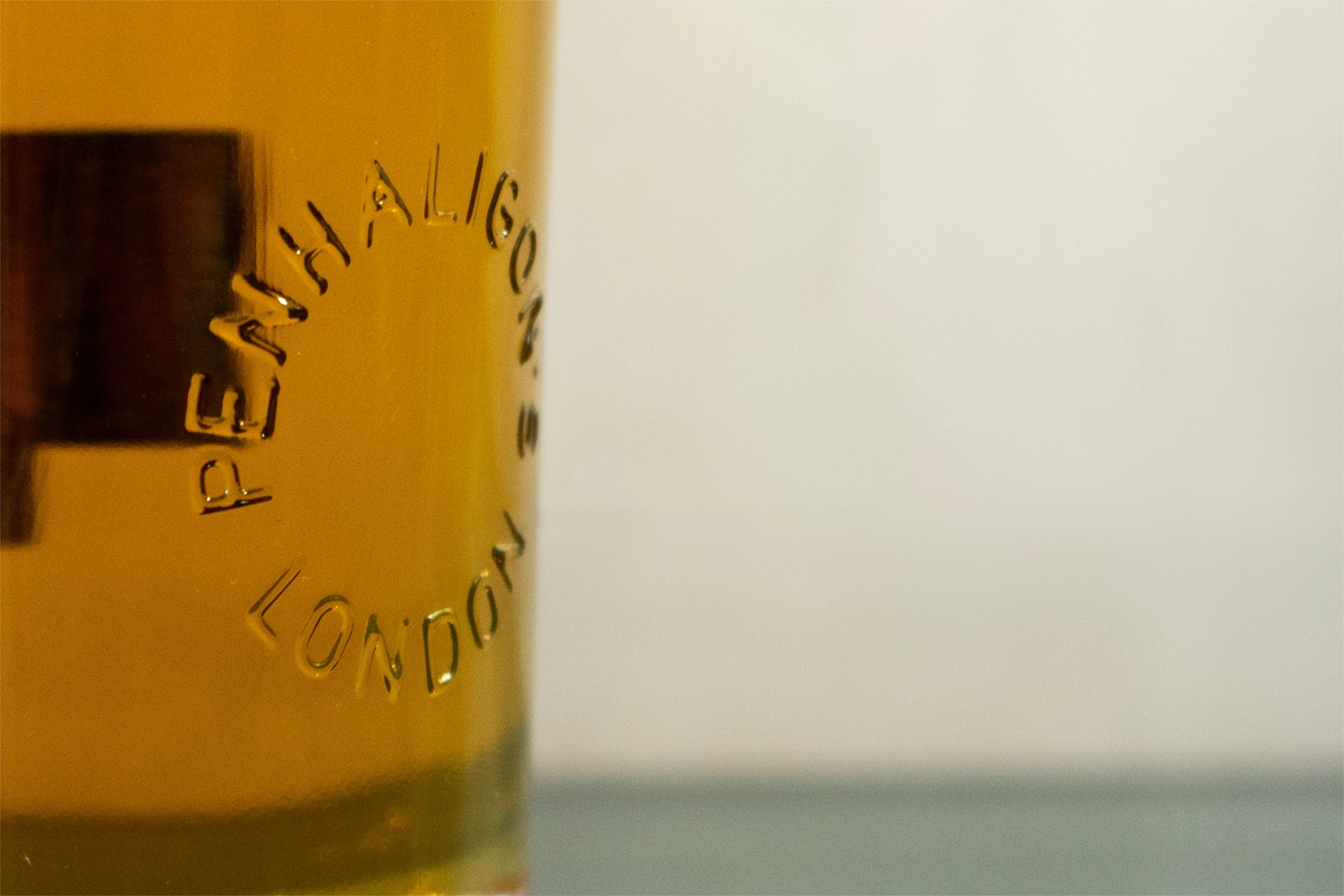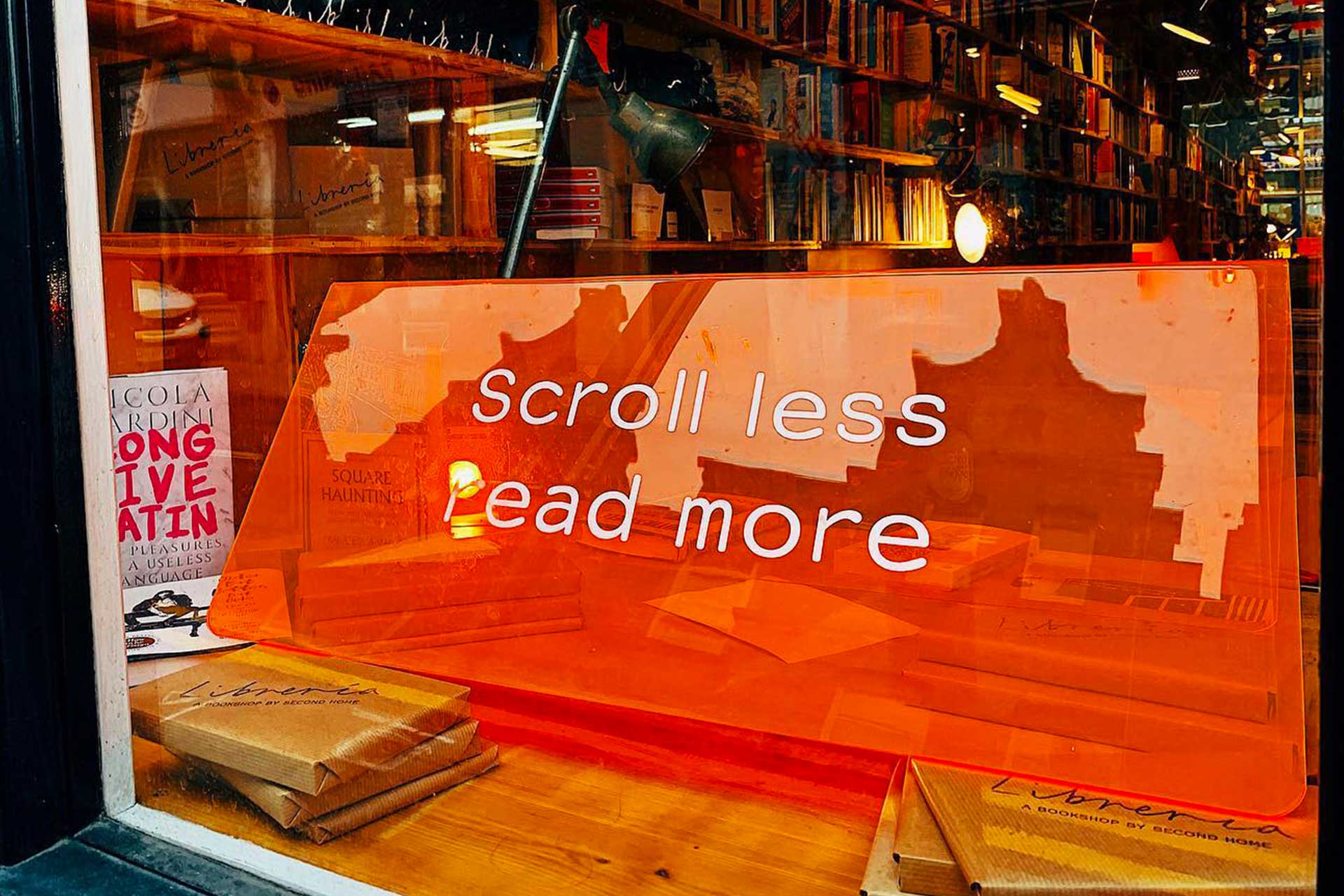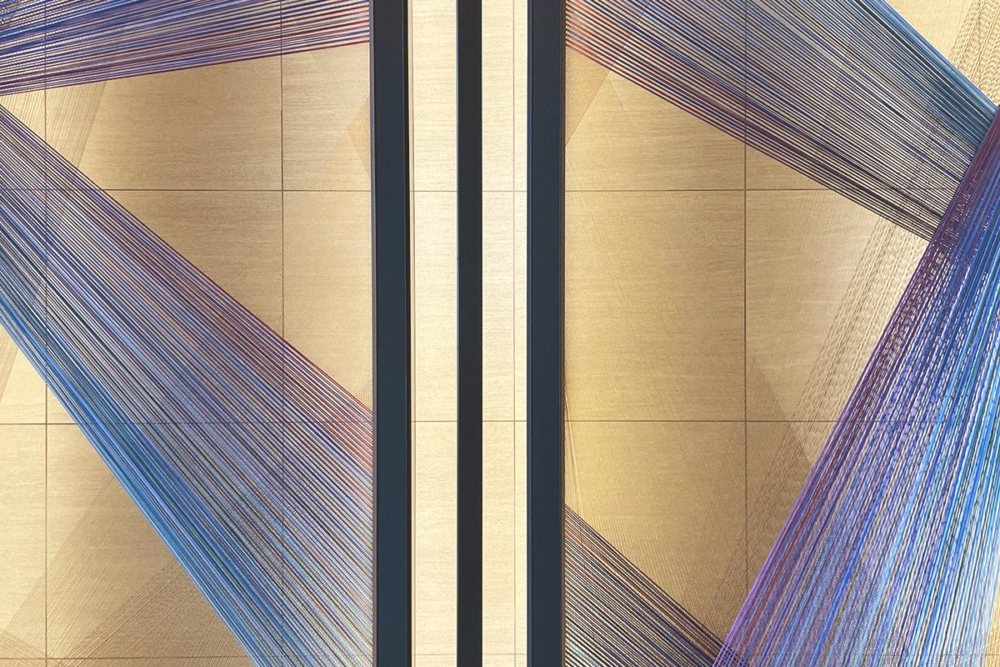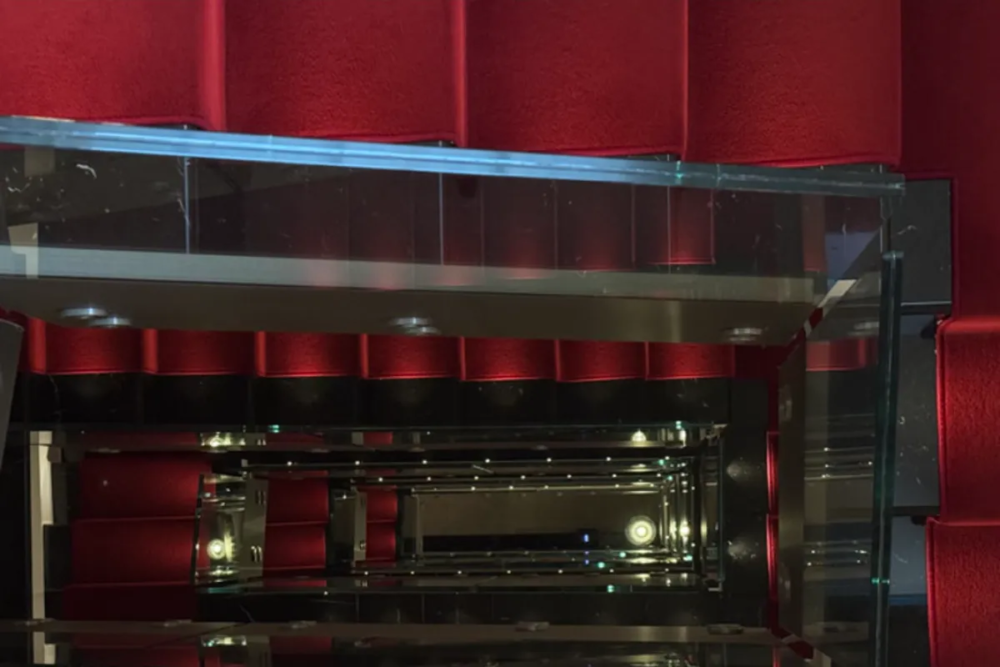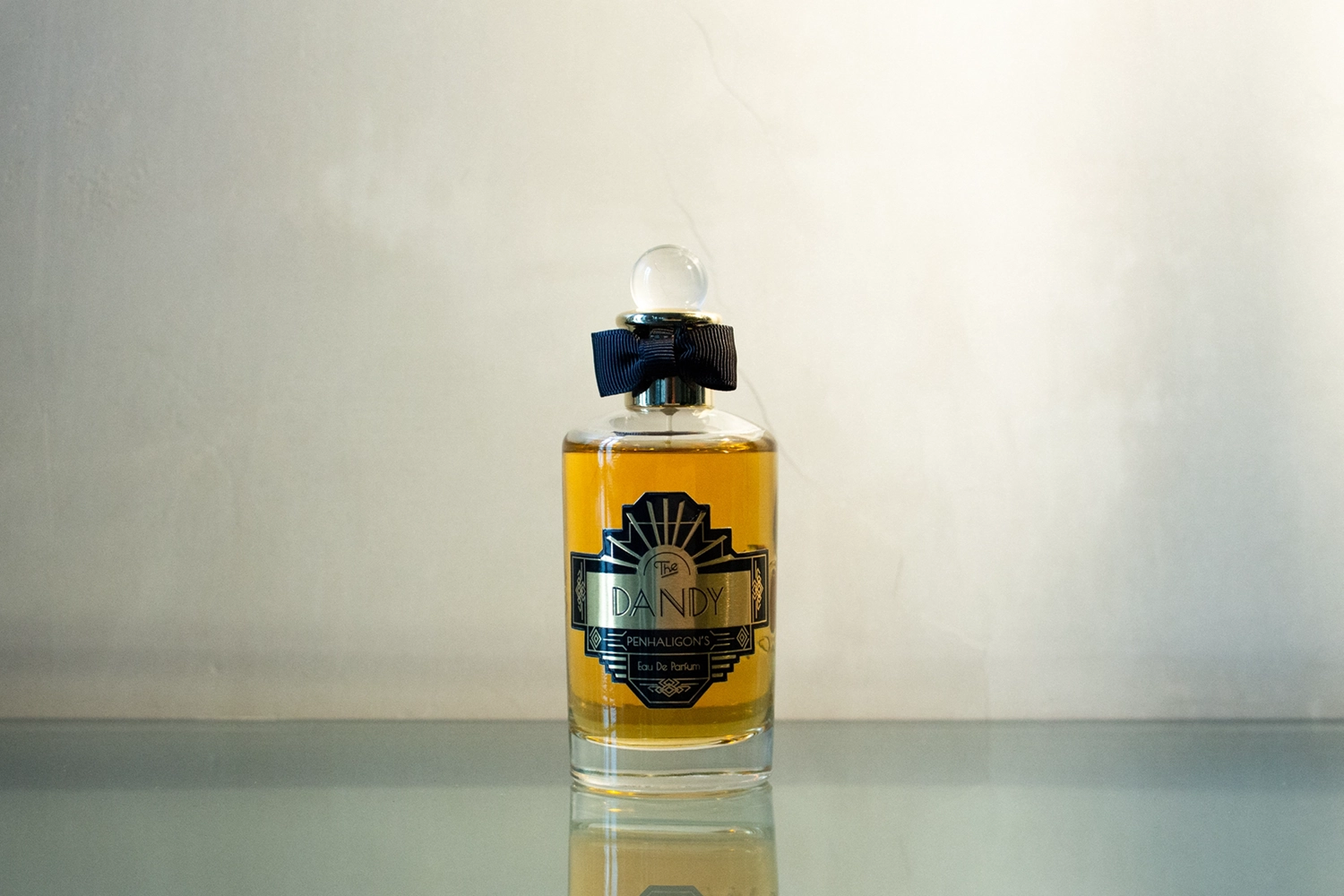
The dandy: Penhaligon’s fragrance brings a modern interpretation to an age-old figure
From Beau Brummell to Timothée Chalamet, the dandy has evolved but never disappeared – exploring Penhaligon’s latest fragrance, a celebration of the 1920s dandy
The Dandy by Penhaligon’s: A Journey into Elegance and Misrule
The Dandy by Penhaligon’s is a fragrance that brings the style and character of the Roaring Twenties into the present. This rich, woodsy blend combines elements like aged whiskey, smoky woods, and hints of raspberry, capturing the energy of an era known for bold individualism and social transformation.
The Word Dandy: Origins, Etymology, and Evolution
The term “dandy” has evolved over centuries, first emerging in 18th-century England. Although its exact origins are somewhat unclear, some linguistic experts believe it may derive from the Scots word “dandie,” initially referring to well-dressed men in Edinburgh. In its original form, “dandy” was both a compliment and a criticism—representing someone whose elegance bordered on theatrical. Over time, the dandy’s role developed into that of a cultural critic, using fashion and personal style to mock and subvert societal norms.
In the 19th century, George Bryan “Beau” Brummell epitomized the dandy, creating a prototype of meticulous elegance that left an indelible mark on fashion. Dandies like Brummell cultivated an image that was both an escape from the constraints of society and a defiant rejection of conformity.
Characteristics of the Dandy, Then and Now
Historically, a dandy was someone who pushed the boundaries of conventional masculinity. Dandies invested in appearance, cultivated wit, and displayed a level of cultural refinement that was both admired and ridiculed. They were icons of self-presentation, investing in custom-made clothes, and embracing perfumes as a part of their identity. The dandy was a paradox—an emblem of liberation, yet deeply committed to the rituals of grooming and dressing.
Today’s dandy may not wear waistcoats or cravats, but the spirit remains. Contemporary dandies challenge norms through art, fashion, and style, embodying an inclusive idea of gender expression and individuality. Figures like Harry Styles, with his gender-fluid fashion, and Timothée Chalamet, known for his red-carpet choices that break from traditional male aesthetics, are modern-day examples. They’ve taken the dandy ethos—originality, elegance, and sophistication—and adapted it for a new century.
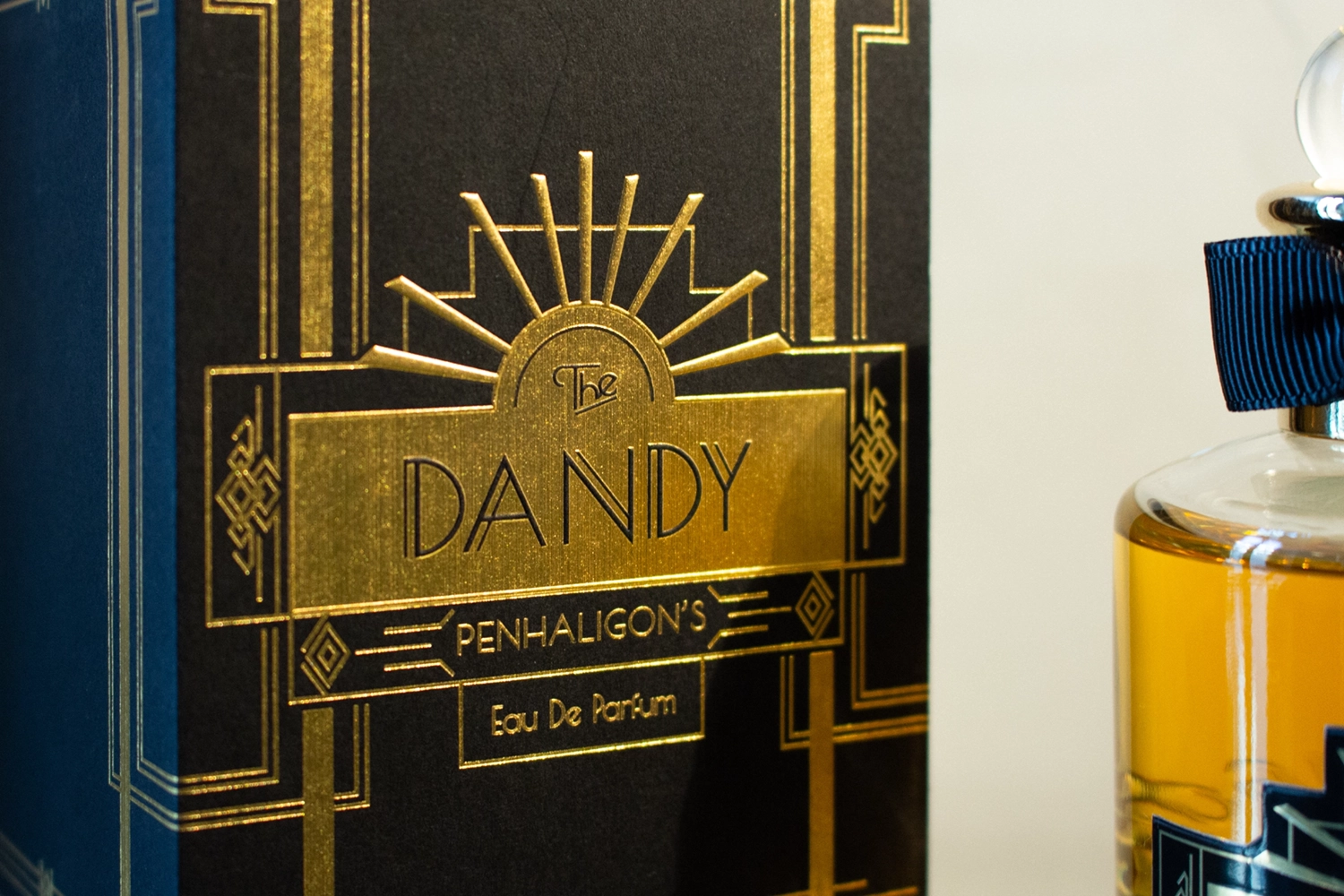
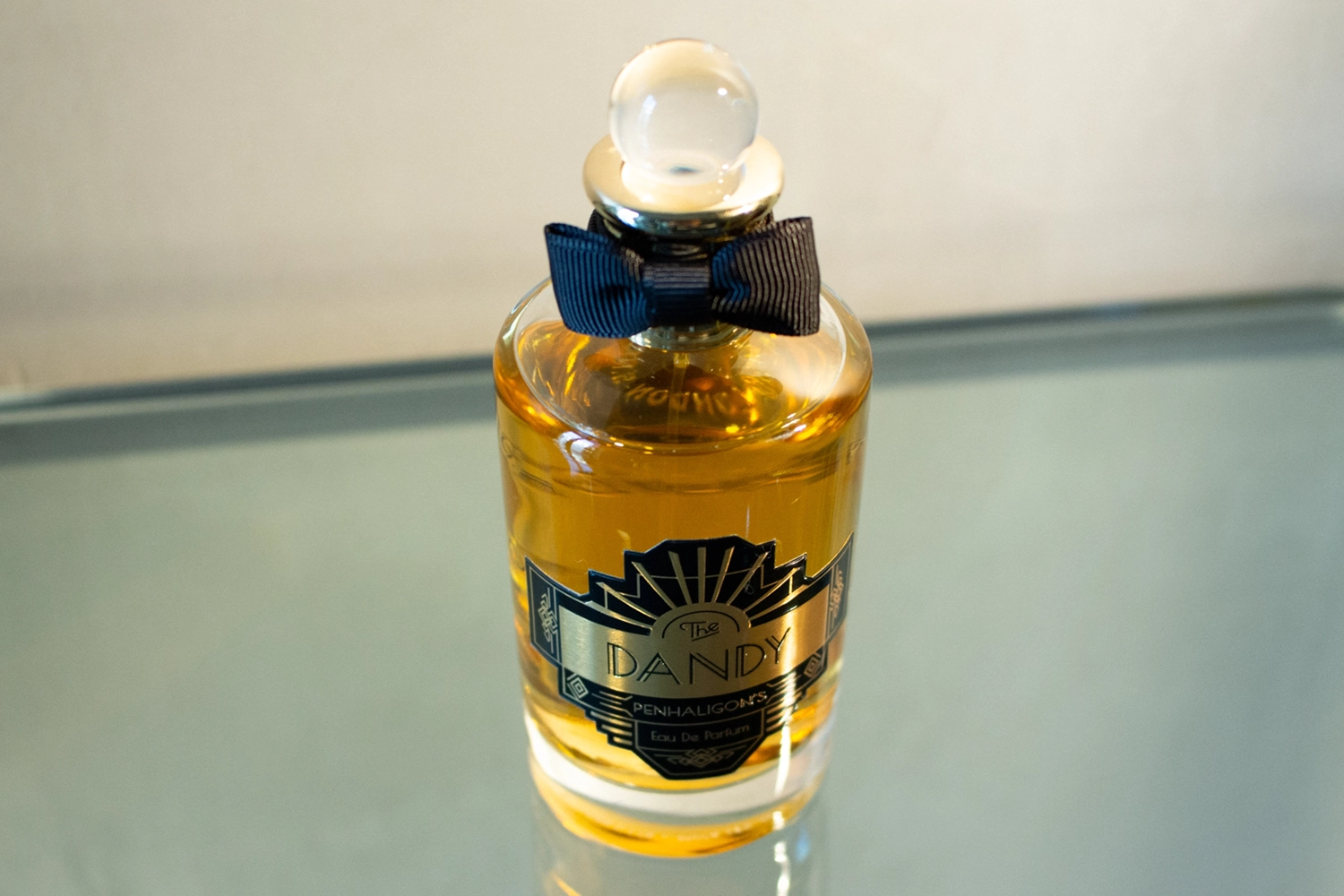
Dandies in Culture: The Roaring Twenties’ Icons of Elegance
In the 1920s, dandies were at the center of a cultural revolution. Socialites and artists, such as F. Scott Fitzgerald and Jean Cocteau, embodied the decade’s spirit of excess and sophistication. Fitzgerald, with his jazz-age novels, captured the essence of the era, while Cocteau’s surrealist works infused the dandy archetype with a sense of mystique and intellect.
The French literary salons, filled with dandies and bohemians, buzzed with intellectual conversations, performances, and the sharp wit of figures like Marcel Proust and Oscar Wilde. In art and fashion, dandies influenced the world of high society, often seen at the finest establishments in Paris and London, dressed in tailored suits and carrying themselves with a certain flamboyant nonchalance.
Who Are the Dandies Today?
Modern dandies are still cultural influencers, though today’s stage is as likely to be a social media platform as it is a literary salon. They don’t merely wear expensive clothes but use fashion as a canvas to convey their identity, challenging norms and embracing fluidity. Personalities like Alessandro Michele of Gucci or Tilda Swinton embody the dandy’s aesthetic liberation and embrace of elegance. The contemporary dandy is not confined by gender; they celebrate beauty, wit, and the art of self-presentation, influencing culture from fashion to film.
The Dandy by Penhaligon’s: A Portrait in Fragrance
Penhaligon’s The Dandy captures this world of elegance and irreverence, combining raw ingredients that create a deeply evocative scent. The fragrance opens with a woody base, setting a foundation of aged oak casks reminiscent of an aged whiskey. This note alone conjures the image of a gentleman’s club in London, where men in well-tailored suits would savor the finest scotch.
Layered with fresh bergamot—a citrus note with a sparkling, slightly bitter edge—the scent brings a sharpness that cuts through the smokiness. Bergamot has long been associated with perfumery due to its complex nature, blending well with both floral and woody notes. In The Dandy, it captures the dandy’s paradox: grounded yet effervescent, refined but irreverent.
Moving into the heart of the fragrance, there’s a surprising twist with raspberry and patchouli. Raspberry offers a sweetness that dances with the wood notes, while patchouli, earthy and grounded, adds complexity. Patchouli has been a mainstay in perfumery for centuries, known for its deep, resinous aroma. In this scent, it serves as an homage to the dandy’s love for the exotic and the dramatic.
Finally, the base notes of amber, cedarwood, and smoke leave a lasting impression. Amber, warm and resinous, brings an almost sensual heat to the fragrance, hinting at the dandy’s passion and charisma. The cedarwood and smoke add depth and mystery, capturing the essence of a figure who, despite their polished appearance, retains an edge of rebellion.
Matteo Mammoli
